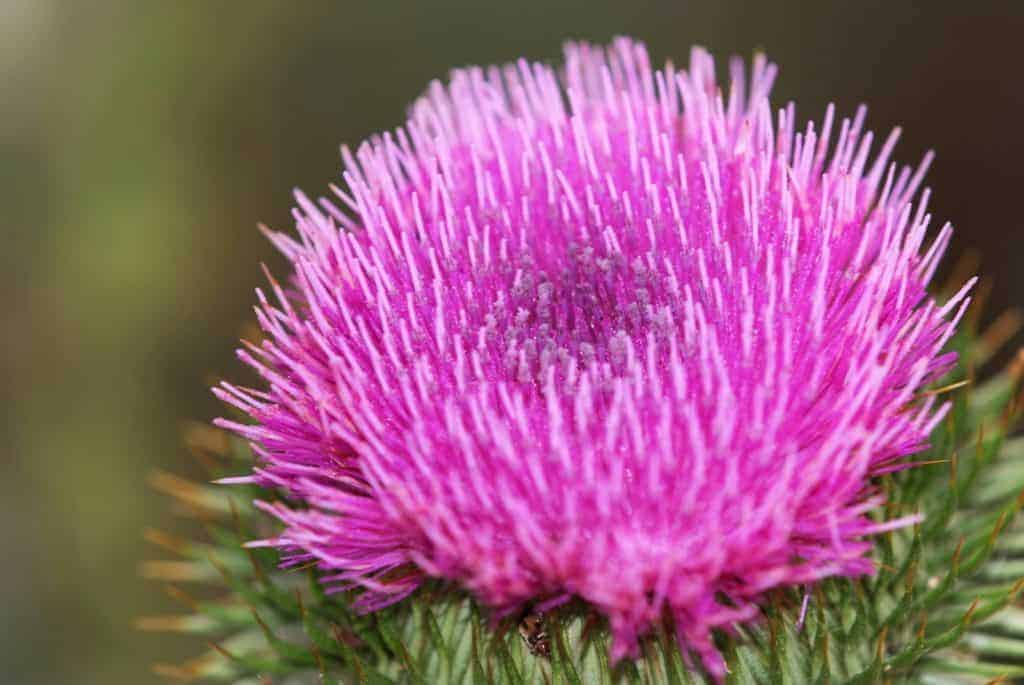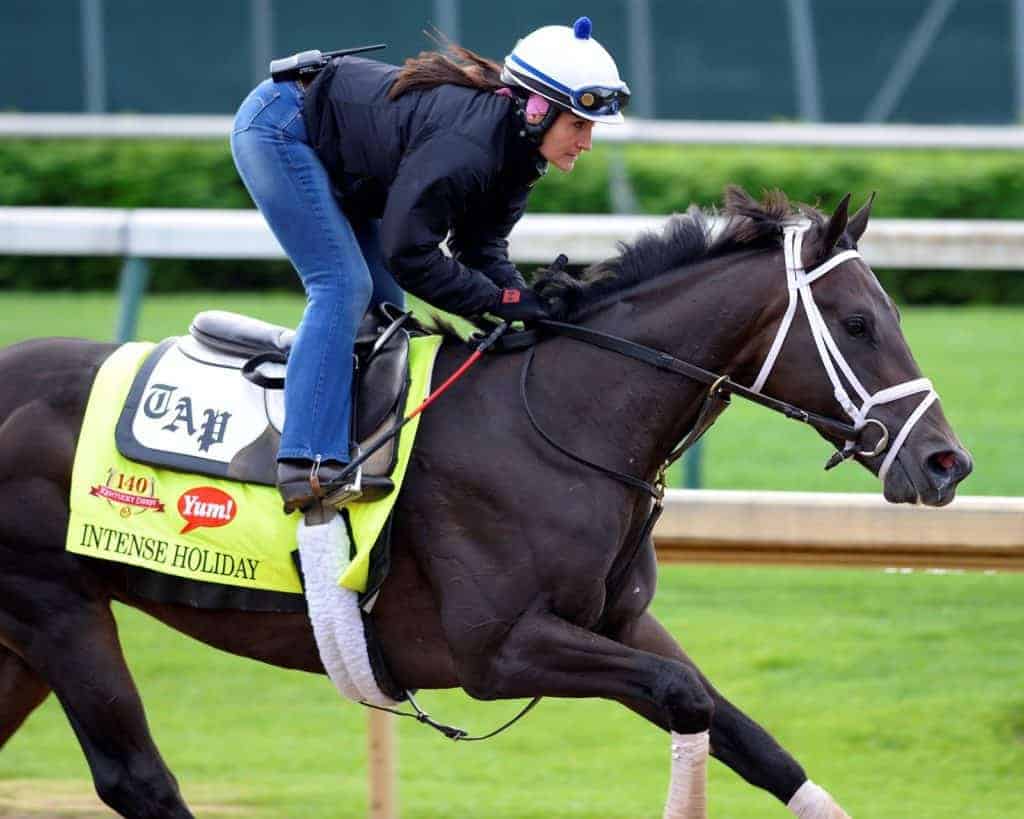
Firocoxib, Acetaminophen Eyed as Laminitis Treatments
Firocoxib and acetaminophen showed promise in alleviating acute equine foot pain, researchers found.
Laminitis (commonly called “founder”) affects an estimated 7-14% of the world’s equine population. It’s the inflammation of the tiny, interwoven lamellae that attach a horse’s hoof to the underlying coffin bone (third phalanx, or P3) and support the horse’s entire body weight. Anything that impacts the integrity of the lamellae, such as inflammation, weakens their hold. This causes the coffin bone to displace within the hoof capsule and move toward the ground. The condition is very painful and is often life-threatening to horses.
The same disease has several different causes, which include:

Firocoxib and acetaminophen showed promise in alleviating acute equine foot pain, researchers found.

The multiple graded stakes winner developed laminitis after stepping on a nail following her most recent victory.

Manage pastures and horses’ grazing times carefully to help reduce the risk of laminitis, a painful hoof condition.
This method showed that the hoof appears to be impacted more extensively by laminitis than previously thought.

Feeding a laminitic horse can be a challenge. Here are some tips for planning a diet suitable for such horses.

The complex equine hoof relies on important nutritional building blocks for strength and integrity.

Recent studies suggest these two agents could help counteract the effects of endotoxins on lamellar tissue.
Study topics include laminitis, foal pneumonia, stem cells, endometritis, joint issues, insulin resistance, and more.

Dr. Nancy Loving dispels the idea that cold weather can directly cause laminitis.

Starlight issued the challenge in memory of Intense Holiday, a racehorse who was euthanized after developing laminitis.

Study topics include ophthalmology, respiratory issues, cardiovascular problems, sarcoid treatments, and more.

Methods that immerse the hoof and limb in ice and water to at least fetlock level are most effective.
The Animal Health Foundation wants to ensure that no horse or pony with laminitis is ever forgotten.
My veterinarian suspects my horse has laminitis. Would a neurectomy help my horse’s condition?

Equine metabolic syndrome doesn’t just cause equids’ girths to expand; it can also lead to other health conditions.

Learn the risks of equine metabolic syndrome (EMS) and get management and treatment tips in this easy-to-follow visual guide.
Stay on top of the most recent Horse Health news with
"*" indicates required fields